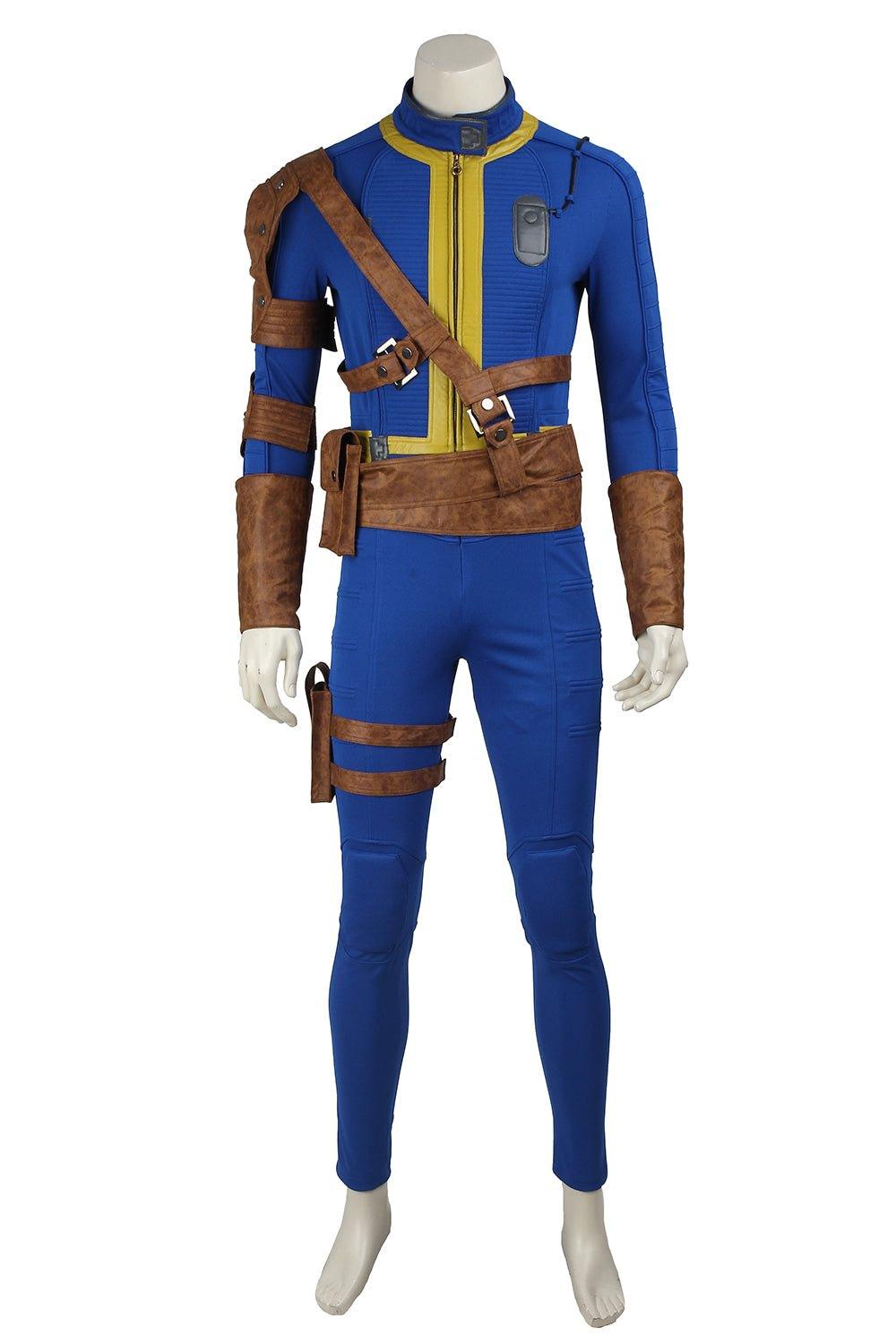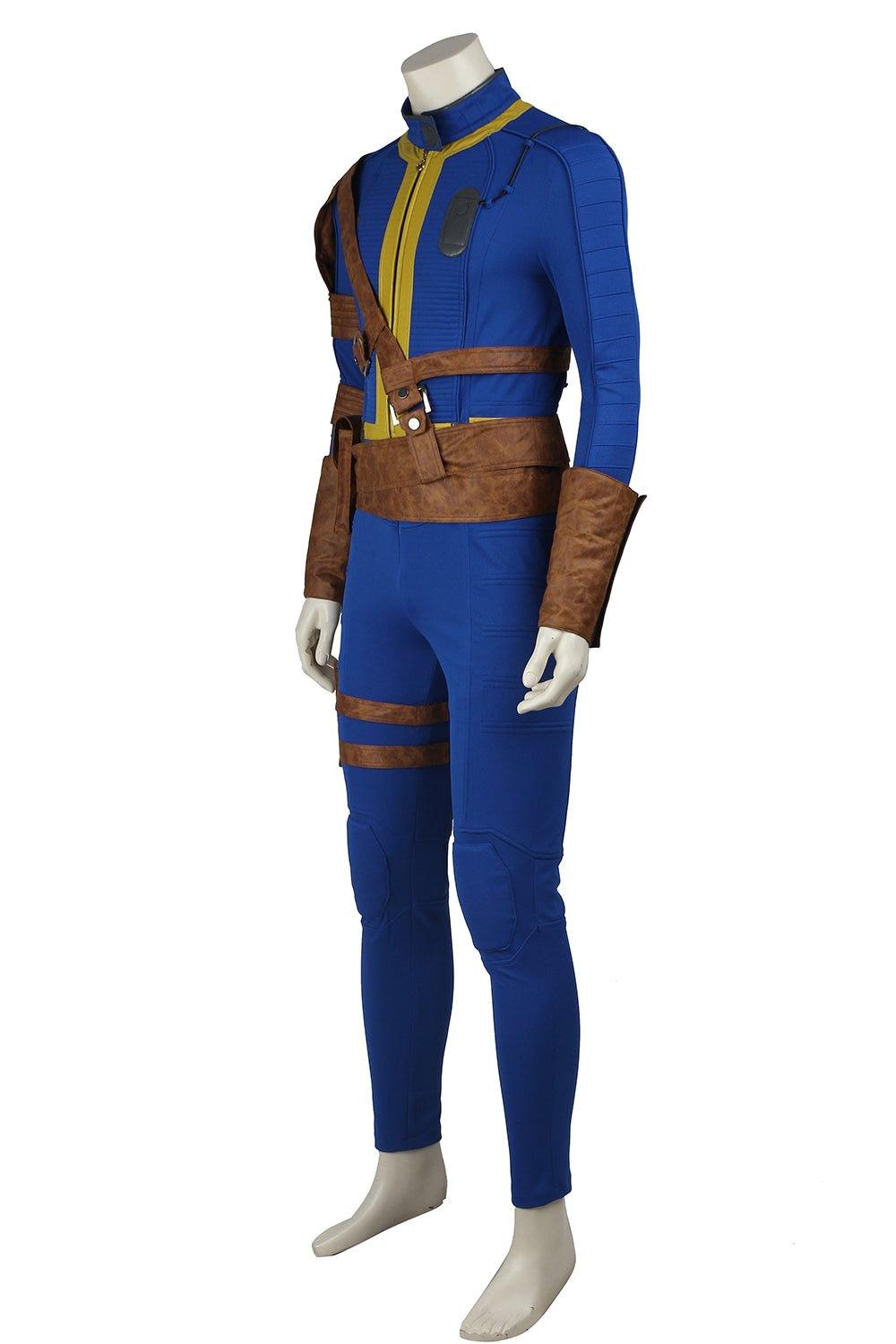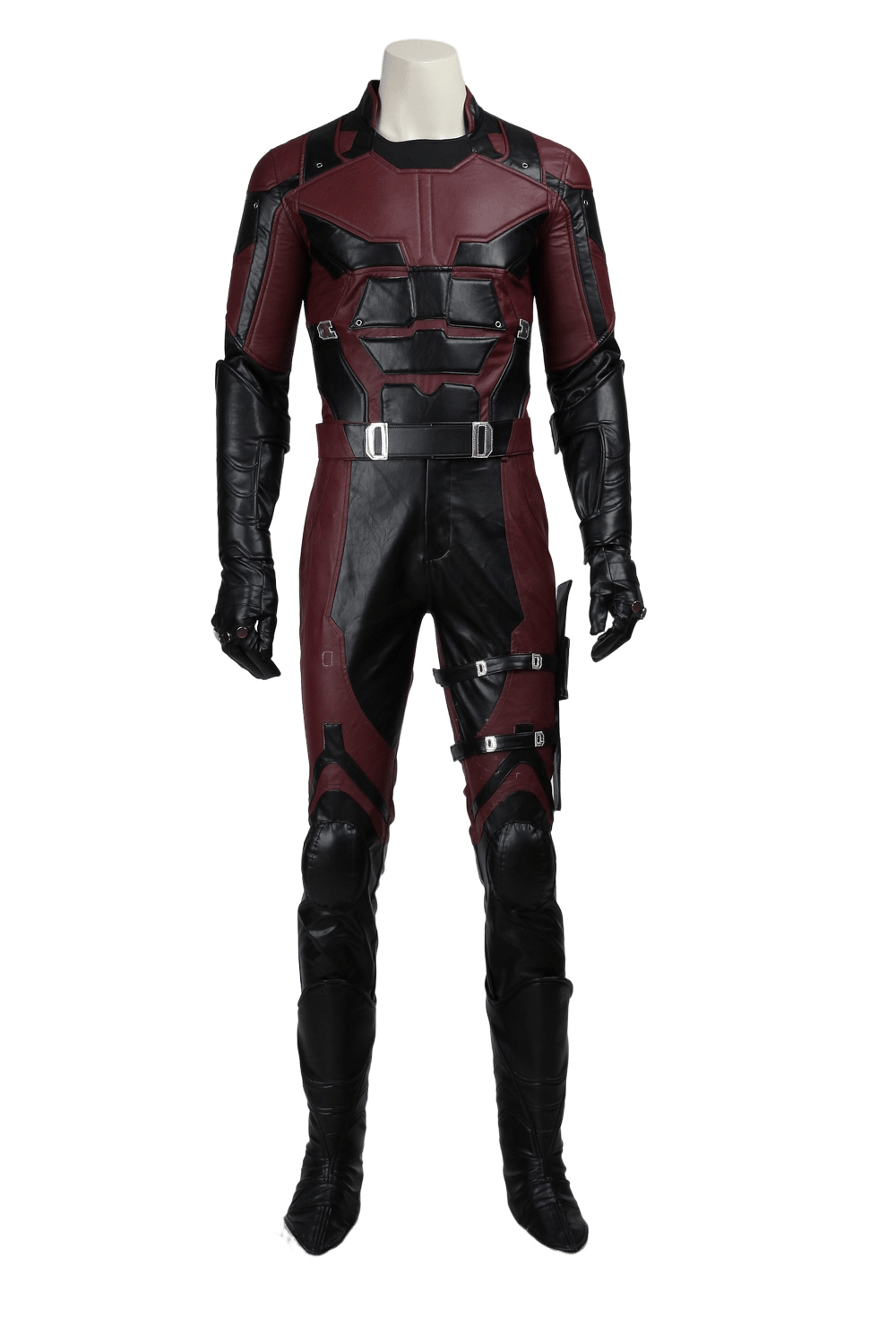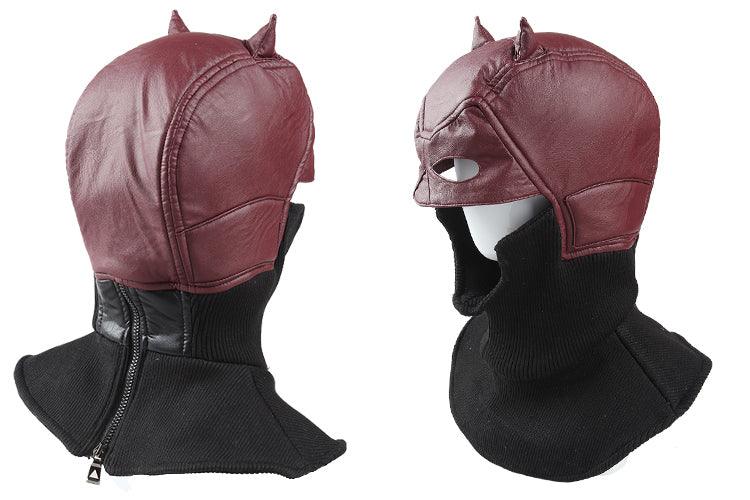Creating Boot Covers for Cosplay: A Comprehensive Guide
Boot covers are an essential element in many cosplay costumes, allowing you to transform ordinary shoes into character-specific footwear. This comprehensive guide will walk you through the process of making your own boot covers, from pattern creation to final assembly. Whether you're a beginner or an experienced cosplayer, these techniques will help you craft professional-looking boot covers for your next convention or photoshoot.
Materials and Tools
Before we begin, gather the following materials and tools:
-
Stretch fabric (2-way or 4-way stretch)
-
Matching thread
-
Base shoes or boots
-
Measuring tape
-
Marker or pen
-
Pins or clips
-
Fabric scissors
-
Paper scissors
-
Seam ripper
-
Pattern paper or butcher paper
-
Foot grips or non-slip soles
-
Sewing machine
-
Iron and ironing board
-
Plastic wrap
-
Duct tape
-
Contact adhesive (for attaching soles)
Optional materials for embellishments:
-
Bias tape
-
Decorative trims
-
EVA foam (for structured details)
-
Fabric paint or spray paint
Creating the Pattern
The first step in making boot covers is creating an accurate pattern. This process ensures a perfect fit over your base shoes.
-
Prepare your base shoe: Put on the shoe you'll be using as the base for your boot cover. Make sure you're wearing the socks or tights you plan to wear with the final costume.
-
Wrap the shoe and leg: Using plastic wrap, cover your foot, ankle, and leg up to the desired height of your boot cover. Ensure the plastic wrap is smooth and free of wrinkles.
-
Apply duct tape: Carefully apply strips of duct tape over the plastic wrap. Cover the entire area, overlapping slightly to ensure full coverage. Don't pull the tape too tight, as this can distort the shape.
-
Draw seam lines: Using a marker, draw lines where you want the seams of your boot cover to be. Include a center back seam and any decorative seams required for your design.
-
Cut and remove the pattern: Carefully cut along the back seam line to remove the duct tape pattern from your leg. Cut out any additional pattern pieces as needed.
-
Refine the pattern: Trace the duct tape pattern onto pattern paper, smoothing out any rough edges and adding seam allowances (usually 1.5 cm or 5/8 inch).
Cutting and Preparing the Fabric
With your pattern ready, it's time to cut out your fabric pieces.
-
Lay out the pattern: Place your pattern pieces on the fabric, ensuring the stretch direction is correct. For 2-way stretch fabric, the stretch should run from heel to toe.
-
Cut the fabric: Carefully cut around the pattern pieces, adding seam allowances if not already included in the pattern.
-
Mark important points: Transfer any important markings from the pattern to the fabric, such as alignment notches or decorative seam lines.
-
Cut lining (optional): If you're using a lining fabric, cut out the same pieces from your lining material.
Sewing the Boot Covers
Now that your fabric is cut, it's time to assemble your boot covers.
-
Sew the front seam: Pin and sew the front seam of the boot cover, starting from the toe and working up to the top of the boot.
-
Attach any decorative elements: If your design includes decorative seams or panels, sew these in place now.
-
Sew the back seam: Pin the back seam together, ensuring any notches align. Sew from the top of the boot down to the heel.
-
Attach the sole piece: Pin the sole piece to the bottom edge of the boot cover, stretching slightly to ensure a smooth fit. Sew around the entire edge.
-
Hem the top edge: Fold over the top edge of the boot cover twice and sew to create a clean finish.
Adding Details and Finishing Touches
To elevate your boot covers and make them truly character-specific, consider adding these finishing touches:
-
Apply topstitching: Use a contrasting thread color to add decorative topstitching along seams or edges.
-
Attach trims or appliques: Sew on any additional trims, appliques, or decorative elements required for your character's design.
-
Paint or dye: If needed, use fabric paint or dye to achieve the desired color or add patterns to your boot covers.
-
Add structure: For designs requiring more structure, consider adding interfacing or thin EVA foam to certain areas before final assembly.
Fitting and Securing the Boot Covers
Proper fitting and securing are crucial for comfortable and long-lasting boot covers.
-
Test the fit: Slip the boot covers over your base shoes and check the fit. Make any necessary adjustments.
-
Attach non-slip soles: To prevent slipping, glue rubber non-slip soles to the bottom of your boot covers using contact adhesive.
-
Secure to base shoes: For a more permanent solution, you can glue the boot covers directly to your base shoes. However, this method is not reversible, so consider carefully before proceeding.
Tips for Preventing Slipping and Maintaining Shape
To ensure your boot covers stay in place and maintain their shape throughout wear:
-
Use elastic straps: Sew elastic straps under the arch of the foot to keep the boot cover from riding up.
-
Add foam inserts: For tall boots, consider adding foam inserts at the top to help them maintain their shape.
-
Utilize fashion tape: Double-sided fashion tape can help secure boot covers to your legs or base shoes temporarily.
Alternative Methods: EVA Foam Boot Covers
For characters requiring a more structured or armored look, consider using EVA foam to create your boot covers.
-
Create a pattern: Follow the same patterning process as with fabric boot covers, but draw additional seam lines to break the boot into flat, manageable pieces.
-
Cut foam pieces: Trace your pattern onto EVA foam and cut out all pieces.
-
Assemble the boot: Use contact cement to glue the foam pieces together, following your pattern markings.
-
Add details: Use additional foam pieces or heat-shaping techniques to add details and dimension to your boot covers.
-
Paint and seal: Paint your foam boot covers with flexible paint and seal with a clear coat for durability.
Conclusion
Creating custom boot covers is a valuable skill for any cosplayer. With practice, you'll be able to transform ordinary shoes into extraordinary costume pieces that perfectly match your character's design. Remember to always test your boot covers before wearing them to a convention, and bring repair supplies just in case.
While we couldn't include specific information from crazecosplay.com, the techniques and tips provided in this guide are based on proven methods used by experienced cosplayers and costume designers. By combining these methods with your creativity and attention to detail, you'll be able to create professional-looking boot covers that elevate your entire cosplay.
Whether you're crafting fabric boot covers for a superhero costume or foam armor for a video game character, the key to success lies in careful planning, precise execution, and a willingness to problem-solve. Don't be afraid to experiment with different materials and techniques to achieve the perfect look for your character. With patience and practice, you'll soon be creating boot covers that look like they stepped right out of your favorite fictional world.







